A set of livery collars in cast pewter, designed to be worn by peers in fealty to the SCA Kingdom of Lochac.
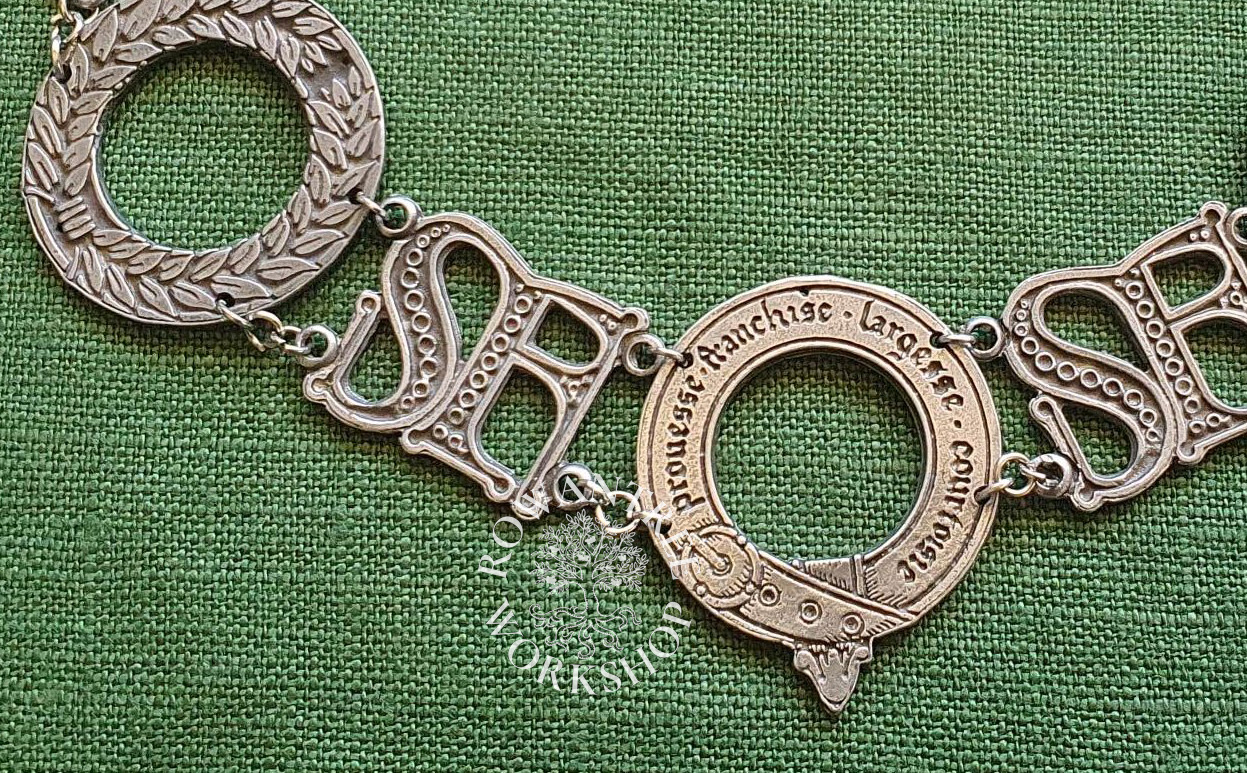
Background
This project began as a conversation between myself and Mistress Kiriel du Papillion in mid 2001, when the SCA Principality of Lochac was preparing to become a Kingdom. We both thought it would add to the ceremony of this high occasion for officers and peers to have fealty chains.
There was some resistance to all peers wearing the simple open linked chins used by the Chivalry, but alternative reproduction collars were not readily available in Australia, we decided to have our own made and sell them at cost price, to encourage as many people as possible to wear them.
I agreed to design the chains and get them cast, and Kiriel agreed to market them. The Lochac versions would be based on the collars of Esses (Ss) and other chains of rank and office seen in period sources.
The Barony of Rowany agreed to support the project and fund the initial set up costs for the SF link and the Lochac link, to be worn by the greater offices. I funded the set-up for the three peerage links and the initial casting.
Research & Context
Livery Collars were worn as a mark of fealty or honour in Europe from the 14th century onwards. The earliest known example was the Order of the Collar, created in Italy Amadeus VI, Count of Savoy in 1363 . The collar comprised a medallion of the Virgin Mary, hung from a chain of interlinked letters FERT, with various interpretations as to what these meant (Wikipedia).
The Collar of Esses (or Ss) is well known, with many theories about what the ‘S’ stands for, including the motto of Henry IV: ‘Souvenez’. However, the earliest English depiction on the tomb effigy of Sir John Swinford (d.1371) predates Henry’s reign, so is clearly not the case.
There was some variety in how they were worn. Norris (1999) notes that the Esses might be linked as a chain (such as this English example), or be sewn separately or linked on a coloured band, as seen on the Swinford effigy. The orientation might also vary, as seen in this stained glass image of William Bracey.

Source: Spratton History Society
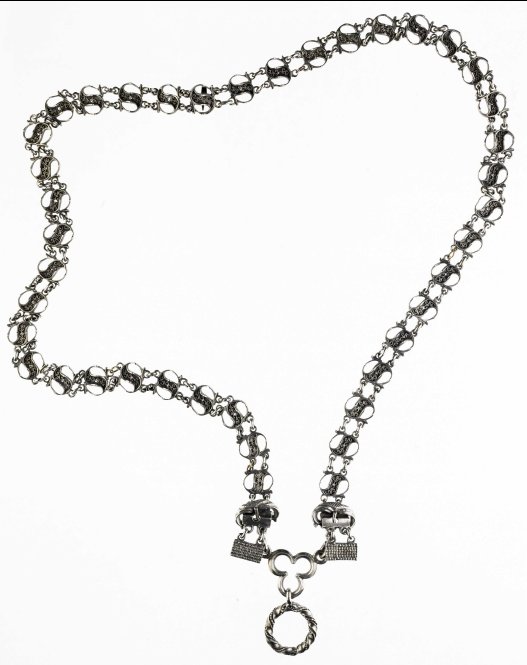
Source: Museum of London

Many collars contained other links, symbolising the crown (such as the Tudor Portcullis), or the device of the Order (such as the flint links in the Order of the Garter). Some examples are interspersed with ‘S’, while other are entirely of symbolic links. Suspending a badge from the collar was in vogue from late 14th through into the 16th centuries.
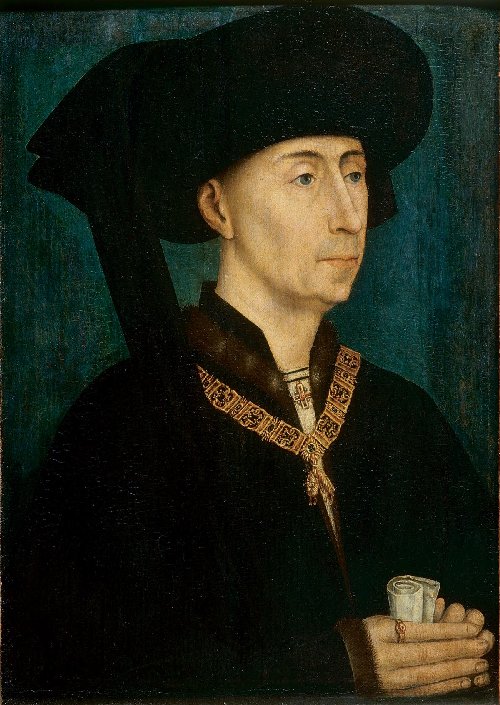
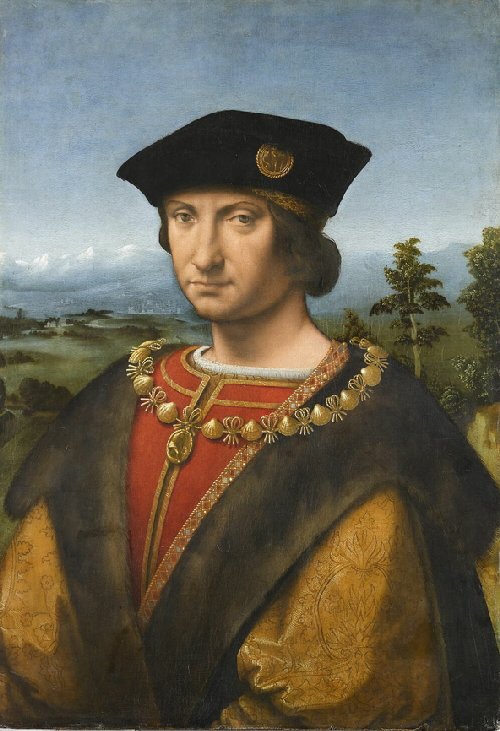
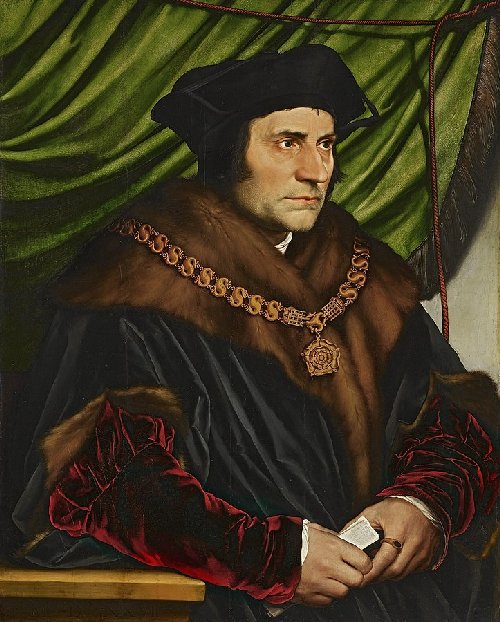
Finally, it is clear that Livery collars – both Esses and other types, with or without pendants – are being worn by women as well as by men.

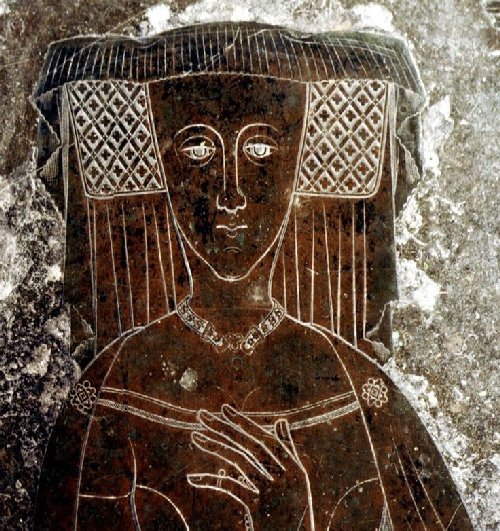
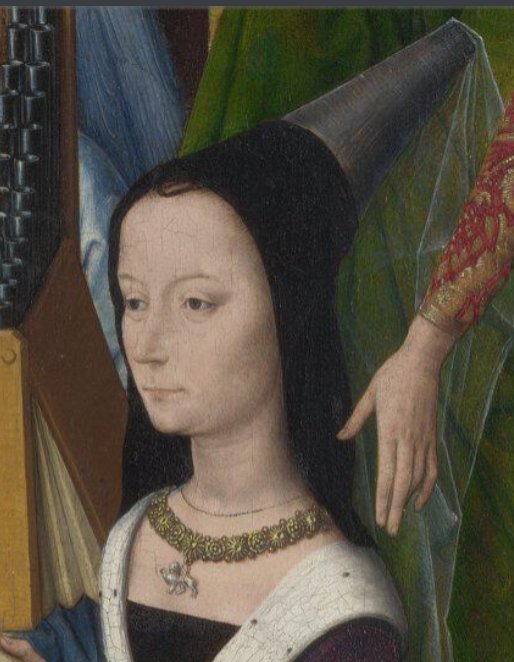
The designs for the Lochac Livery Collars were based on a combination of historical sources and the Society’s own heraldic symbols. A range of individual links means they could be put together in different ways to suit different people.
Design & Production
In order to allow people to make collars with multiple peerage elements, they all needed to have a similar aesthetic. I started with the designs for the Laurel and Chivalry links which both had a natural ring form, then designed the other symbols to match.
Once the design was finalised, I prepared the final artwork, then sent it off to the casting house to be cast in lead-free pewter. To give people a choice, some were finished with plating in heavy silver or hard gold.
SF link
At the time I designed these, I thought the ‘S’ links were a specific restricted design, so I decided to make a variant which would look similar. SF stands for Semper Fidelis (always faithful), which seemed appropriate for the SCA peerage.
I later learned that there is no such restriction, and indeed, no agreement on what the Esses mean or where the design came from! (Ward 2016).
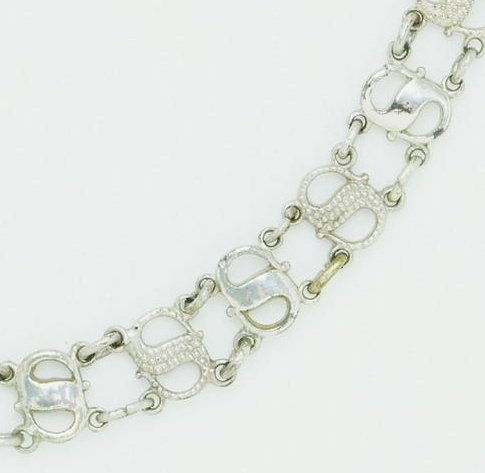
Source: V&A Museum

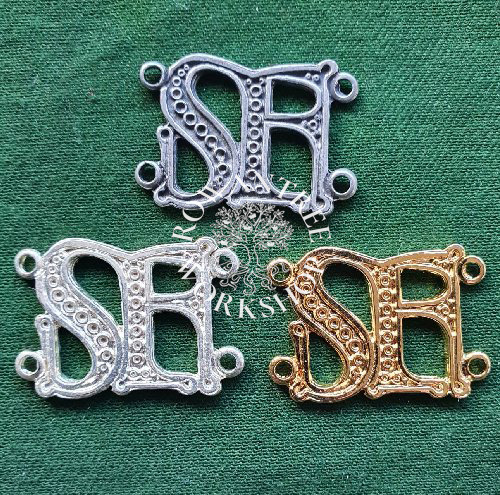
I discovered a design issue with first version of the SF link – the linking rings were too small and not strong enough. I designed a new version which solved these problems.
Laurel
The SCA Order of the Laurel recognises excellence in the arts and sciences. The symbol of the Order of the Laurel is a laurel wreath – symbol of honour, victory and mastery. My design for the Order of the Laurel was based on the ring-shaped laurel wreaths depicted in many 15th century Italian manuscripts, such as this one.

Source: BnF


Chivalry
The SCA Order of Chivalry recognises excellence in the martial arts. The design for the Order Chivalry was based on the Order of the Garter, founded by Edward III of England in 1348. The symbol of this historic Order a garter with the motto Honi soit qui mal y pense (‘Shame on him who thinks evil of it’).
I adapted this as a Knight’s white belt (or Master’s white baldric), with four of the chivalric virtues – Prowesse (skill at arms), Franchise (rights and responsibilities), Largesse (generosity) and Courtesie (respect and politeness).
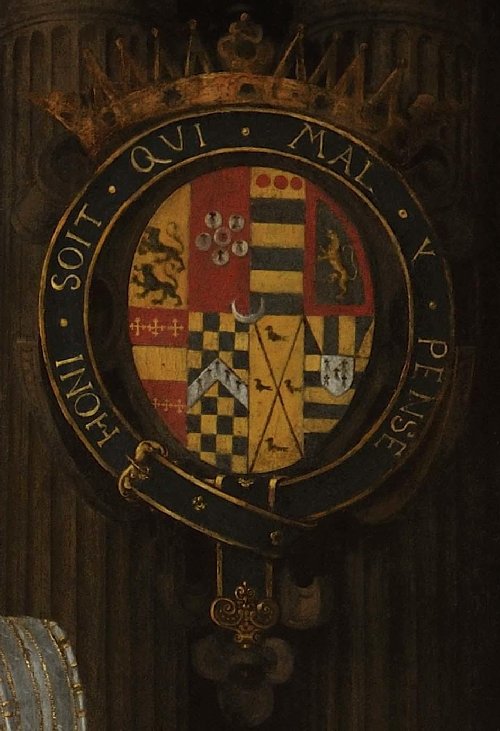
Source: Wikimedia
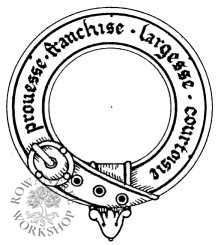
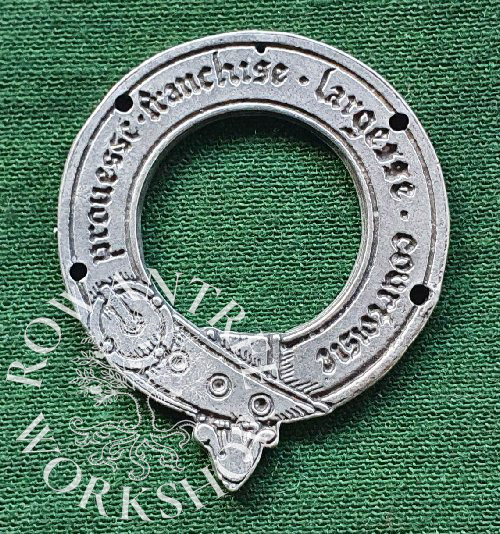
Pelican
The SCA Order of the Pelican recognises excellence in service. The symbol of the Order of the Pelican is a ‘Pelican in her piety’. In the middle ages, the symbol of a pelican piercing her breast to feed her young represented self-sacrifice, and images are common in churches from the time.
With too many medieval pelicans to choose from, I based my design on the image in The Complete Guide to Heraldry (Fox-Davies 1978).

Source: Fox-Davies 1978
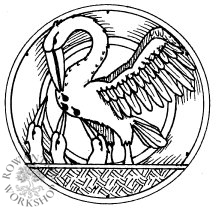

Lochac
The design for the Lochac officers link was based on the Lochac device, depicting the cross, 6 sided stars and crown, with the laurel wreath in the background.
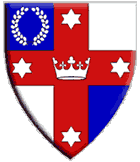

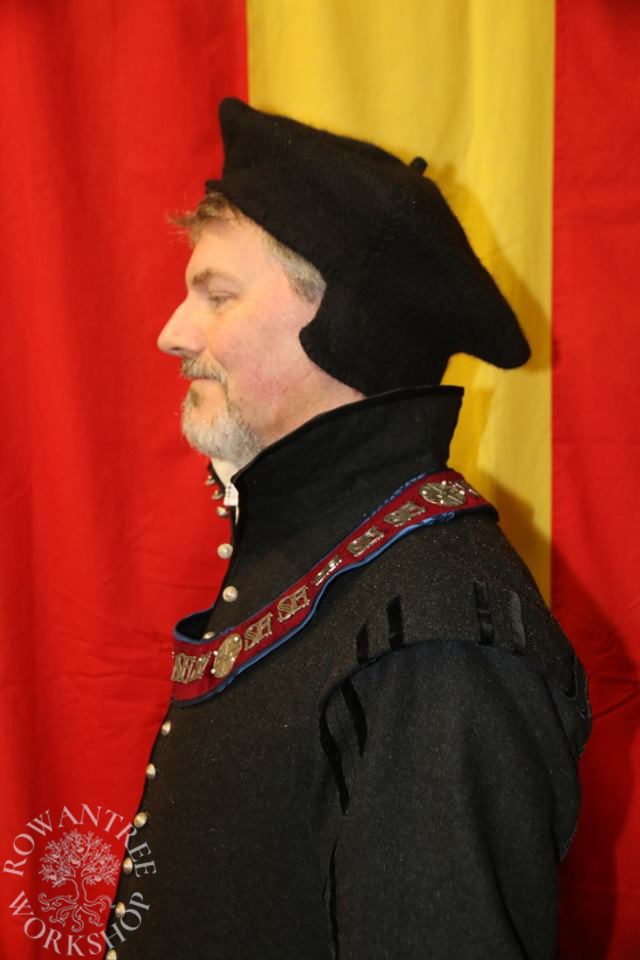
Unfortunately, the casting house forgot to cut out the four inner quadrants, so the links were heavier than I’d planned, both visually and in actual weight.
These links, together with SF links, were sewn to velvet collars as regalia for the greater officers of the Kingdom of Lochac.
Rose
A year after the original production, several Viscountesses asked if I could design a Rose link.
The SCA Order of the Rose recognises those who have served the Kingdom as Queen or Consort. The symbol of the order is a simple medieval rose with 5 petals – a common symbol in art and decoration throughout the middle ages. I based my design on the image in The Complete Guide to Heraldry (Fox-Davies 1978).
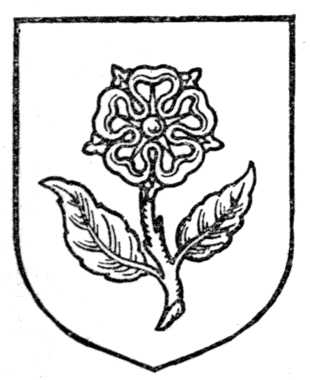
Source: Fox-Davies 1978

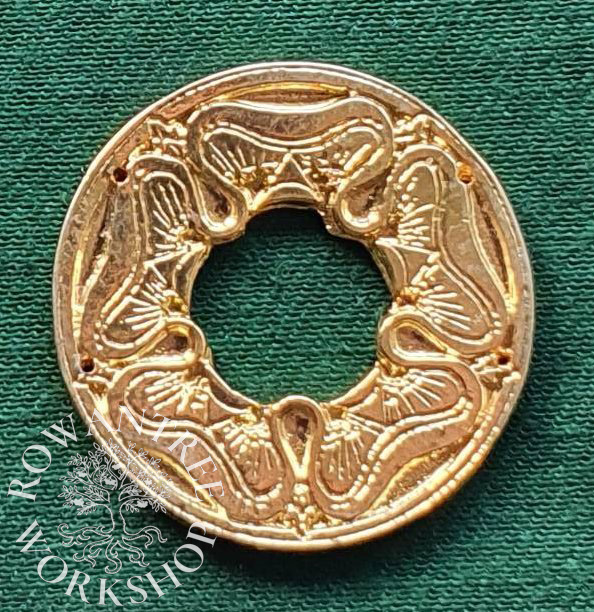
The officer’s chains were cast in pewter, with the peerage chains in pewter, with some plated in silver or gold.
Afterthoughts
Mistress Kiriel marketed the links until she went to live overseas in 2003, then passed them to Mistress Oonagh O’Neil, who looked after them for a few years before they reverted to my care.
In 2015, the SCA created a new peerage: the Order of Defence. Rather than add to this series, I decided to make the new link as an enamelled design – the start of a new series.

